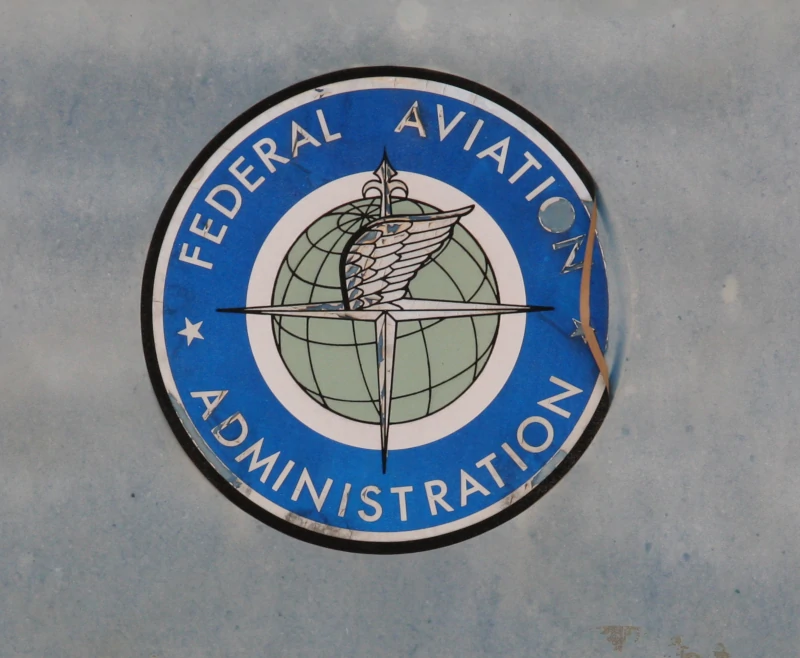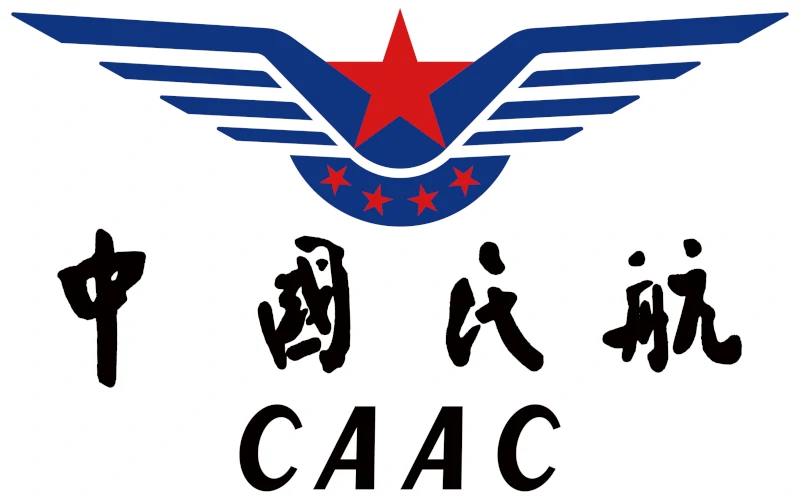Aviation safety is of paramount importance in the world of air travel. One organization that plays a crucial role in ensuring the highest safety standards is the European Union Aviation Safety Agency (EASA). Established in 2002, EASA’s primary objective is to ensure a high level of safety and environmental protection in civil aviation. In this post we will explore EASA’s history, its evolution, milestones, and significant contributions to European aviation safety.

The inception and evolution of EASA.
EASA was created in response to the need for a centralized authority for aviation safety within the European Union (EU). Prior to its establishment, each EU member state had its own national aviation authority, resulting in fragmented regulations and standards. EASA was designed to harmonize aviation safety regulations, consolidate expertise, and streamline the certification process across the EU.
Over the years, EASA’s role has evolved to adapt to the changing aviation landscape. It has expanded its responsibilities to include tasks such as airworthiness certification, aircraft maintenance regulations, pilot licensing, and oversight of operational standards. This evolution has strengthened the safety framework of European aviation, fostering the confidence of passengers, industry operators and member states.
Milestones and key achievements
EASA has achieved numerous milestones that have had a significant impact on aviation safety. Its regulatory framework, consisting of common standards and regulations, has contributed to the harmonization of safety practices throughout Europe. By establishing a unified approach, EASA has facilitated the free movement of aircraft, products, parts and personnel within the EU.
One of EASA’s most important achievements is the implementation of the European Union Aviation Safety Regulations (EU-ASR). These regulations cover a wide range of areas, including aircraft design, maintenance, operations, and training. EU-ASRs have significantly improved safety standards and created a comprehensive framework for European aviation.
EASA’s role in European aviation safety.
EASA’s responsibilities go beyond the development and enforcement of regulations. The agency works closely with industry stakeholders, national aviation authorities and other international bodies to promote a safety culture. Through continuous monitoring, analysis and auditing, EASA ensures that safety standards are met and maintained.
EASA also plays a crucial role in the certification and oversight of aircraft and aeronautical products. Its rigorous certification process ensures that aircraft and related equipment meet the highest safety standards. This comprehensive approach promotes confidence in European aviation, both within the industry and among the general public.
Notable projects or initiatives
EASA has undertaken several noteworthy projects and initiatives aimed at improving aviation safety. These initiatives cover various aspects of flight safety, such as pilot training, air traffic management, and aircraft design.
One notable project is the implementation of the Single European Sky initiative, which aims to optimize European airspace management and improve air traffic control efficiency. By reducing congestion, improving communication and implementing advanced technologies, EASA and its partners have made great strides in improving the safety and efficiency of European airspace.
Another impactful initiative is the Continuous Airworthiness Maintenance Program (CAMP). This program ensures that aircraft maintenance is conducted to rigorous standards and that any potential safety issues are addressed in a timely manner. CAMP contributes to the overall safety and reliability of aircraft operating in the European aviation system.
EASA and eVTOL regulation.
The EASA is also responsible for the regulation and safety of EVTOL operations. It is working to develop a harmonized regulatory framework to ensure the safe, sustainable, and secure all EVTOL aircraft in the EU. The agency is also responsible for certifying EVTOL aircraft and aeronautical products to ensure that they meet safety and environmental standards.
Some key points of EASA and the EVTOL regulation are:
- Purpose: The purpose of EASA’s EVTOL regulation is to ensure the safe and sustainable operation of EVTOL aircraft in the EU.
- Regulatory Framework: EASA is working to develop a harmonized regulatory framework for EVTOL operations in the EU. This framework will include safety and environmental standards, as well as certification requirements for EVTOL aircraft and aeronautical products.
- Certification: EASA is responsible for certifying EVTOL aircraft and aeronautical products to ensure compliance with safety and environmental standards. This includes conducting safety assessments and issuing type certificates for EVTOL aircraft.
- Timeline: EASA’s regulatory framework for EVTOL operations is still under development, but the agency is working to ensure that it is in place by the time EVTOL aircraft begin commercial operations in the EU.
Other regulatory authorities in the world:


Pingback: EVTOL Pilot Certification - eVTOL World
Pingback: EVTOL Aircraft Rental Services - eVTOL World
Pingback: The Civil Aviation Administration of China (CAAC) - eVTOL World
Pingback: The Federal Aviation Administration (FAA) - eVTOL World